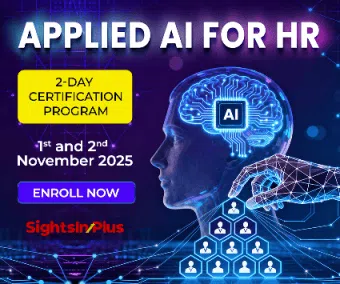In today’s competitive job market, organizations are increasingly recognizing the importance of offering attractive employee benefits to retain top talent.
However, merely offering benefits is not enough; understanding their return on investment (ROI) is crucial to ensuring they effectively contribute to employee retention.
This article delves into the strategies for measuring the ROI of employee benefits and their impact on retention.
Understanding Employee Benefits and Their Costs
Employee benefits encompass a broad range of offerings, including health insurance, retirement plans, paid time off, wellness programs, and more. These benefits represent a significant financial investment for organizations.
To measure their ROI, businesses must first understand both the direct and indirect costs associated with these benefits. This involves calculating the total expenditure on benefits and comparing it to the perceived value from an employee’s perspective.
Key Metrics for Measuring ROI
- Employee Retention Rates: One of the most direct indicators of ROI is employee retention. By analyzing turnover rates before and after implementing or enhancing benefits for employees, organizations can gauge their effectiveness. A decrease in turnover can be attributed to the positive impact of the benefits offered.
- Employee Satisfaction and Engagement: Conducting regular surveys to measure employee satisfaction with the benefits package provides valuable insights. High levels of satisfaction often correlate with increased engagement and a stronger commitment to the organization, which can reduce turnover.
- Cost of Turnover: Calculate the costs associated with employee turnover, including recruitment, training, and lost productivity. By comparing these costs to the expenditure on employee benefits, organizations can assess whether investing in benefits yields a favorable financial return.
- Productivity Metrics: Enhanced benefits often lead to improved employee well-being, which can boost productivity. Tracking productivity metrics and comparing them with changes in benefits can help quantify the ROI of these offerings.
- Benchmarking Against Industry Standards: Comparing your benefits package with industry standards can provide context for its effectiveness. If your benefits are more competitive than those of similar organizations, they may contribute more significantly to retention.
Strategies for Optimizing ROI
- Align Benefits with Employee Needs: Conduct surveys and focus groups to understand what benefits employees value most. Tailoring benefits to meet these preferences can enhance their perceived value and impact retention.
- Communicate the Value of Benefits: Ensure employees are aware of and understand the full range of benefits available to them. Effective communication can enhance the perceived value of the benefits and improve their impact on retention.
- Regularly Review and Adjust Benefits: The needs and expectations of employees can change over time. Regularly reviewing and adjusting the benefits package ensures it remains relevant and competitive, which can positively affect retention rates.
- Invest in Wellness Programs: Wellness programs that promote physical and mental health can lead to increased productivity and reduced absenteeism. Measuring the impact of these programs on employee health and engagement can provide insights into their ROI.
- Leverage Data Analytics: Utilize data analytics tools to track and analyze the impact of benefits on various metrics, including retention, productivity, and employee satisfaction. Data-driven insights can guide decision-making and optimize the benefits strategy.
Conclusion
Measuring the ROI of employee benefits is essential for organizations aiming to improve employee retention and overall satisfaction.
By analyzing key metrics, aligning benefits with employee needs, and leveraging data, businesses can ensure their investment in employee benefits translates into tangible improvements in retention and organizational performance.
A well-structured benefits program not only supports employees’ well-being but also contributes to a more engaged and stable workforce, ultimately driving long-term success for the organization.
Note: We are also on WhatsApp, LinkedIn, Google News, and YouTube, to get the latest news updates, Subscribe to our Channels. WhatsApp– Click Here, Google News– Click Here, YouTube – Click Here, and LinkedIn– Click Here.



